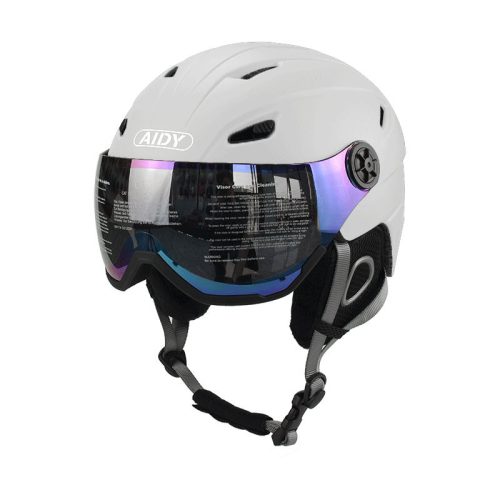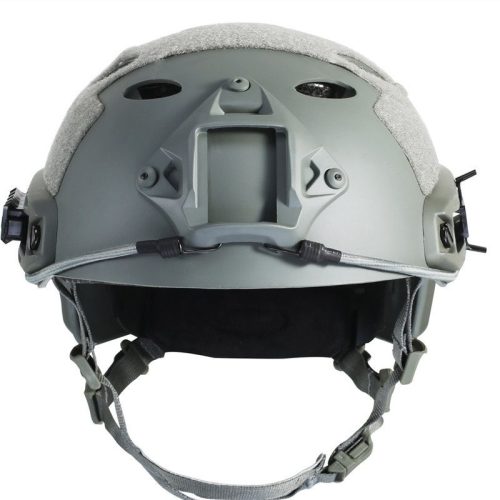Staying ahead in helmet technology is crucial for improving safety, comfort, and overall performance. Here are some key areas where advancements in helmet technology are helping to push the boundaries of what’s possible:
- Impact Protection: Advancements in impact protection focus on better materials, such as advanced foams and composite structures, to absorb and disperse impact forces. Helmets with enhanced energy-absorbing liners are designed to mitigate head injuries, including concussions.
- Rotational Impact Protection: Many traumatic brain injuries occur due to rotational forces. Helmets are being developed with technologies like MIPS (Multi-Directional Impact Protection System) to address these forces, reducing the risk of concussions and similar injuries.
- Smart Helmets: Integration of technology into helmets is a significant trend. Smart helmets feature built-in communication systems, heads-up displays, GPS, and sensors for monitoring vital signs or detecting impacts. These innovations enhance situational awareness and provide real-time data.
- Customization: The use of 3D scanning and printing technology enables helmets to be customized for an individual’s head shape and size, improving fit and comfort while maintaining safety standards.
- Aerodynamics and Ventilation: Helmets for various sports are being designed for optimal aerodynamics, reducing wind resistance and drag. Improved ventilation systems keep the wearer cool and comfortable.
- Durability and Lightweight Materials: Helmets are being constructed with materials that are both lightweight and durable, enhancing long-term use and user comfort.
- Sustainability: Eco-friendly materials and manufacturing processes are becoming more important in helmet production, addressing environmental concerns and promoting sustainability.
- Augmented Reality (AR): AR technology is finding its way into helmets, offering wearers real-time data, navigation, and enhanced experiences in various activities, such as motorcycling and cycling.
- Communication and Connectivity: Advanced communication systems are integrated into helmets, enabling wearers to connect with others or emergency services in the event of an accident.
- Multi-Sport Helmets: Versatile helmets suitable for multiple sports or activities reduce the need for different helmets, promoting user convenience and safety.
- Fashion and Style: Helmets are designed with an increasing focus on fashion and style, making them more appealing and encouraging users to wear them as a fashion statement.
- Wearable Health Monitoring: Helmets are being equipped with features to monitor the wearer’s health, providing real-time data that can enhance safety and performance.
- Safety Standards and Certification: As technology evolves, safety standards are updated to reflect new testing methods and requirements that incorporate the latest innovations.
In the realm of helmet technology, it’s essential for manufacturers, researchers, and designers to collaborate, pushing the boundaries to enhance safety and user experience. Staying ahead in helmet technology involves ongoing research, testing, and development, as well as a commitment to ensuring that helmets are not only protective but also user-friendly and appealing. Advancements in helmet technology ultimately benefit individuals engaged in various activities where head protection is paramount.


